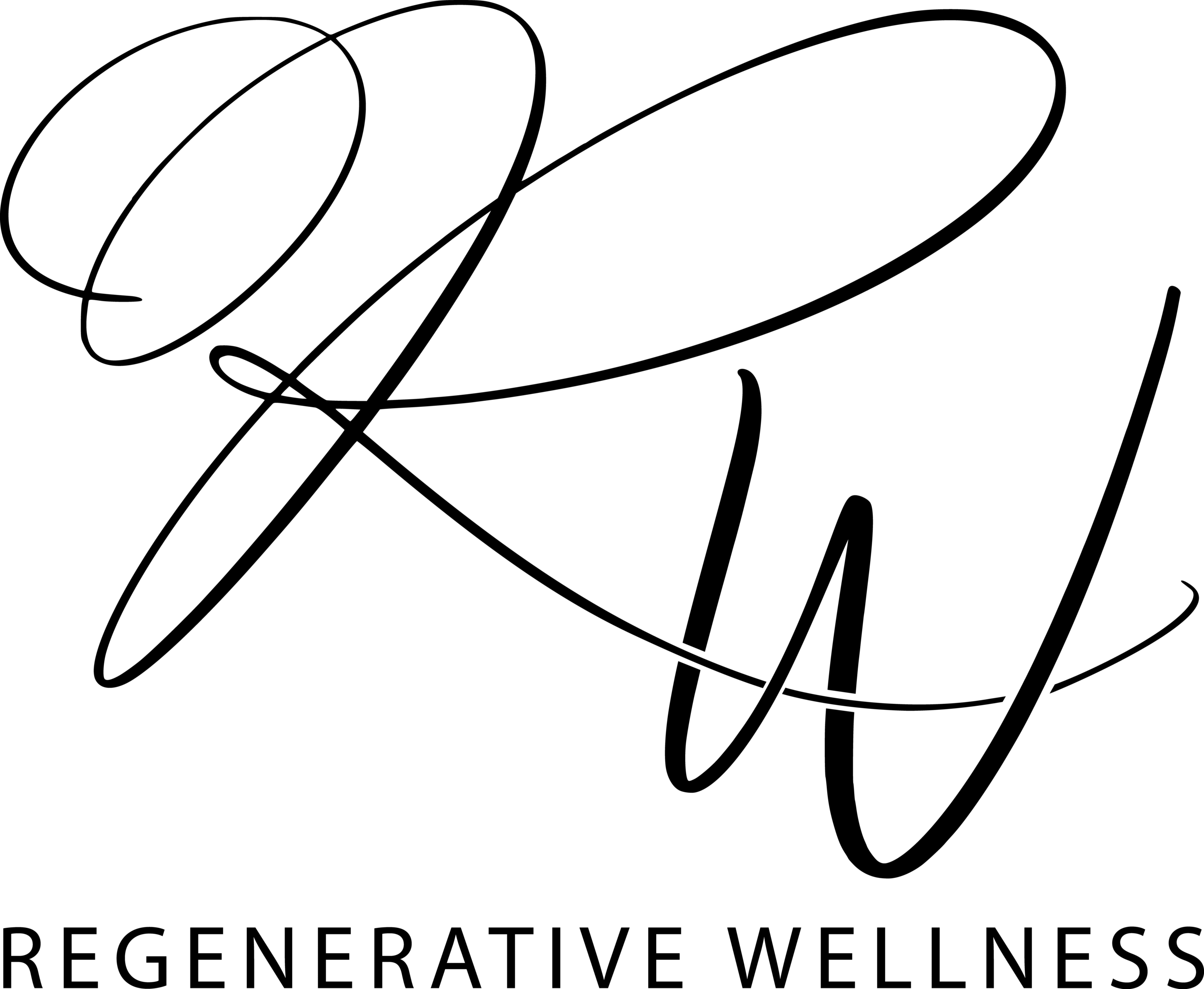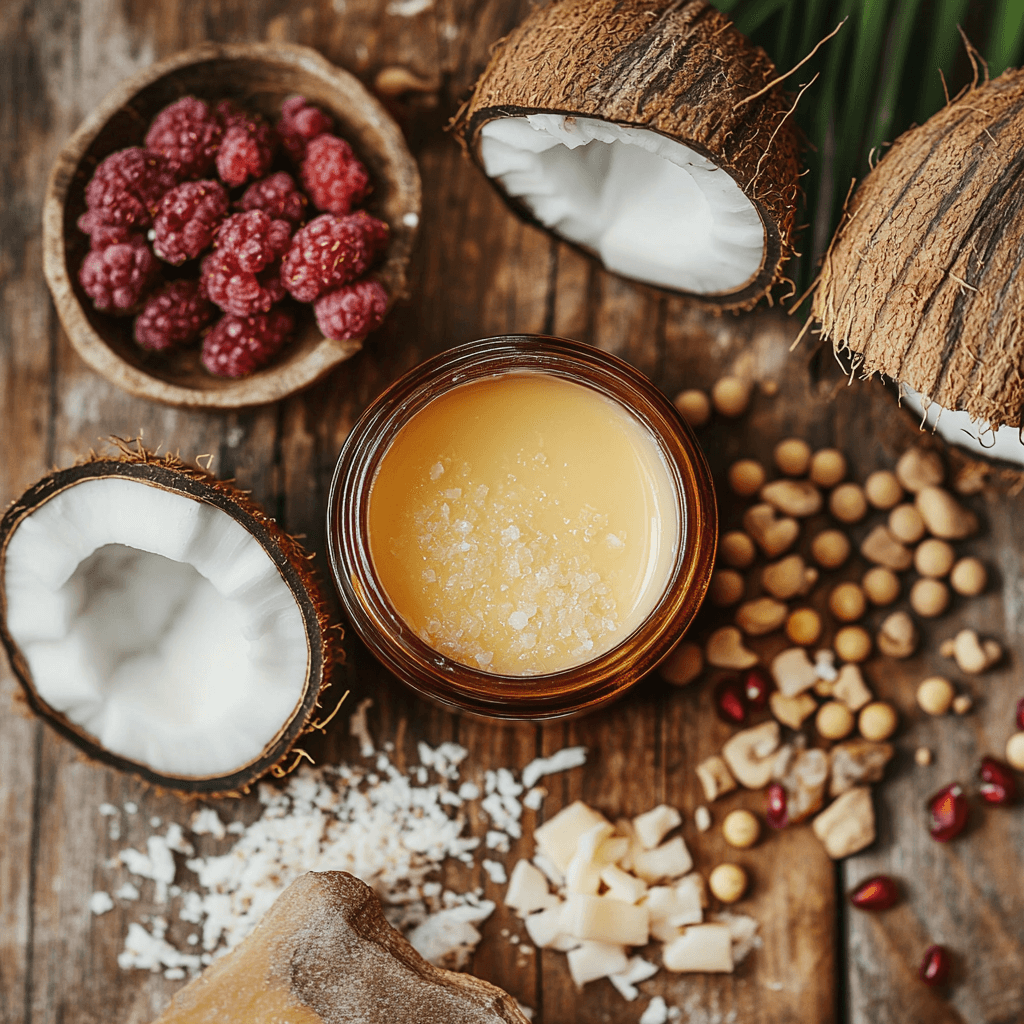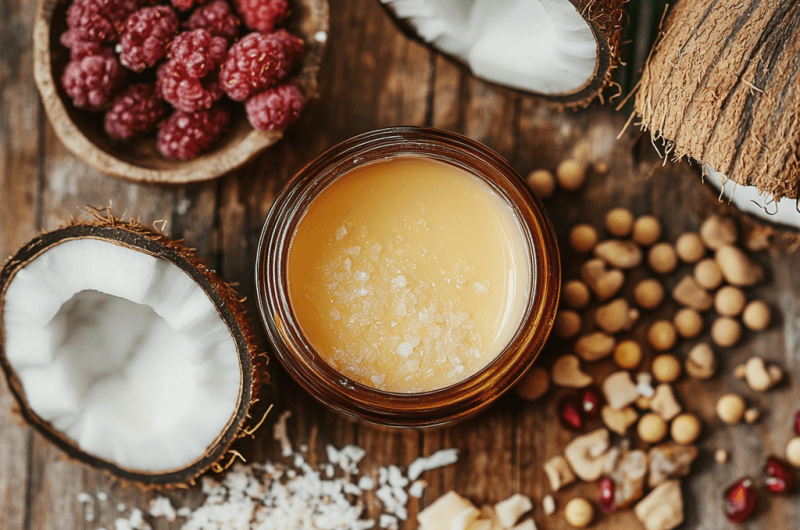Sunscreen is a non-negotiable part of a healthy skincare routine, especially in Australia, where UV radiation is particularly strong. However, many store-bought sunscreens contain harsh chemicals that may disrupt hormones, harm marine life, and irritate sensitive skin. The good news? You can make your own DIY plant-based sunscreen using non-nano zinc oxide and other natural ingredients.
In this blog, we’ll explore why non-nano zinc oxide is the gold standard for natural sun protection, how UVB rays contribute to overall health, and why many people remain vitamin D deficient despite abundant sunshine. We’ll also provide a simple recipe to make your own sunscreen, free from toxic chemicals and safe for the whole family.
Why Use Non-Nano Zinc Oxide in Plant-Based Natural Sunscreen?
Non-nano zinc oxide is widely regarded as one of the safest and most effective sunscreen ingredients. Here’s why:
- Broad-spectrum protection – Reflects both UVA and UVB rays rather than absorbing them like chemical sunscreens.
- Non-toxic and non-absorbent – Particles are too large to penetrate the skin or enter the bloodstream.
- Reef-safe and biodegradable – Unlike oxybenzone and octinoxate, it does not harm marine ecosystems.
- Calming and anti-inflammatory – Ideal for sensitive or sun-exposed skin.
The Importance of UVB Radiation
While excessive sun exposure is harmful, moderate exposure to UVB rays is essential for:
- Vitamin D synthesis – Vital for strong bones, immune health, and hormone balance.
- Mood and mental wellbeing – Boosts serotonin production, reducing risk of depression.
- Reduced chronic illness risk – Low vitamin D is linked to heart disease, diabetes, and some cancers.
Why So Many Are Vitamin D Deficient
Despite access to sunlight, deficiencies are common due to:
- Overuse of chemical sunscreen
- Spending most time indoors
- Living in low-light climates
- Having darker skin tones
- High levels of air pollution
The Problem with Commercial Sunscreens
Many contain harmful ingredients:
- Oxybenzone and octinoxate – Endocrine disruptors and reef pollutants
- Fragrance and preservatives – Can trigger allergies and sensitivities
- Breakdown byproducts – Some chemical filters degrade in the sun into carcinogenic compounds
Plant-Based Natural Sunscreen with Non-Nano Zinc Oxide
150
ml4
minutes9
minutesIngredients
1/2 cup coconut oil
1/4 cup shea butter
1/4 cup beeswax or candelilla wax
2 tbsp non-nano zinc oxide
1 tbsp red raspberry seed oil
1 tbsp carrot seed oil
10 drops lavender essential oil
10 drops tea tree essential oil
Directions
- Melt coconut oil, shea butter, and wax in a double boiler.
- Cool slightly, then stir in oils and essential oils.
- Gradually mix in zinc oxide until evenly distributed.
- Pour into jars or tins and allow to set.
Notes
- Storage: Keep in a cool, dry place or refrigerate in warmer months. Use within 6 months.
- Application Tips:
Apply liberally before sun exposure
Reapply every 2 hours and after swimming or sweating
Note: zinc oxide may leave a slight white cast
Final Thoughts on Plant-Based Natural Sunscreen
Making your own plant-based sunscreen empowers you to avoid toxic chemicals and embrace safer, more sustainable sun care. With the protective power of non-nano zinc oxide and the nourishing benefits of natural oils, this DIY recipe is perfect for anyone seeking low-tox living.
Sun protection and vitamin D aren’t mutually exclusive—you can enjoy the sun while making conscious choices for your health and the environment. Give it a go, and let us know how it works for you!





